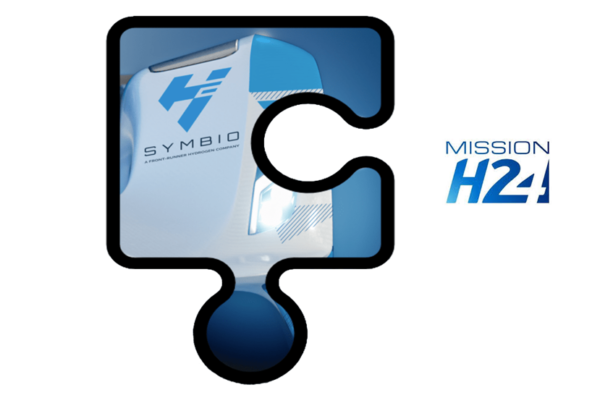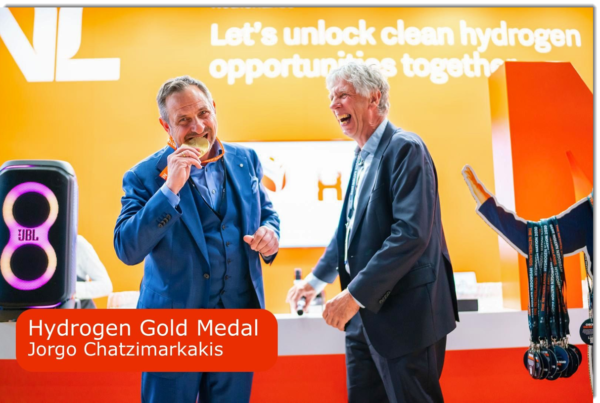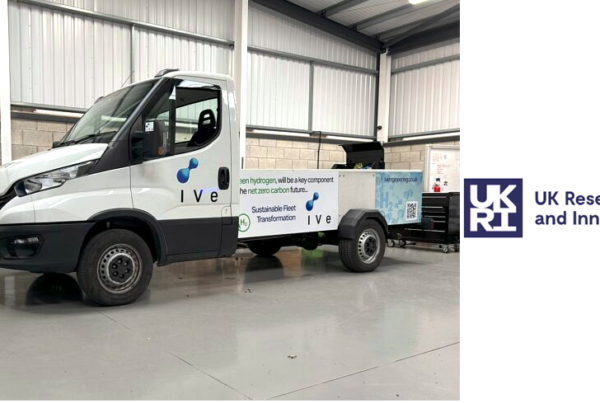
To ensure that more and more renewable hydrogen is produced in the Netherlands and that more and more parties gain experience with this, the government opened a subsidy scheme last autumn. This scheme, the Subsidy Scheme for Scaling up fully renewable hydrogen production via electrolysis (OWE) , has now been completed. The total available amount of almost €250 million has been allocated and divided over 7 projects. The projects together provide 101 megawatts of electrolysis capacity.
The target of 100 megawatts has therefore been achieved. The subsidy is for companies that build and use an electrolysis installation (production of hydrogen with electricity) of 0.5 to a maximum of 50 megawatts to make fully renewable hydrogen. The government is happy to support several smaller hydrogen projects, so that lessons learned with, among other things, the technology and licensing procedures accelerate the development of subsequent projects. In total, more than €600 million in subsidies have been requested.
The 7 projects that receive a subsidy are H2 Hollandia (Nieuw-Buinen), Hysolar (Nieuwegein), Green gas asset (Amsterdam), Green gas asset (Groningen), RWE Eemshydrogen (Eemshaven), Van Kessel Olie (Oude Tonge) and VoltH2 (Delfzijl) . Of the total 101 megawatts of allocated electrolysis capacity, 91 megawatts are from the projects in the province of Groningen. The hydrogen is supplied, for example, to the chemical industry or filling stations. One project will receive the sustainable electricity for electrolysis via a direct line to a solar installation. This contributes to reducing pressure on the power grid.
The scheme closes the cost difference between renewable and fossil hydrogen (the unprofitable top). To award the subsidy, RVO ranked the companies based on the subsidy requested per megawatt of electrolysis capacity. As a result, there is competition between the projects and the most cost-efficient projects receive a subsidy. The average of the 7 winning projects is € 2.5 million subsidy per megawatt of electrolysis capacity. The last project that fell completely within budget was approximately €3.2 million in subsidy per megawatt. The companies have until 2028 to complete their electrolysis project.
Read the most up to date Fuel Cell and Hydrogen Industry news at FuelCellsWorks




